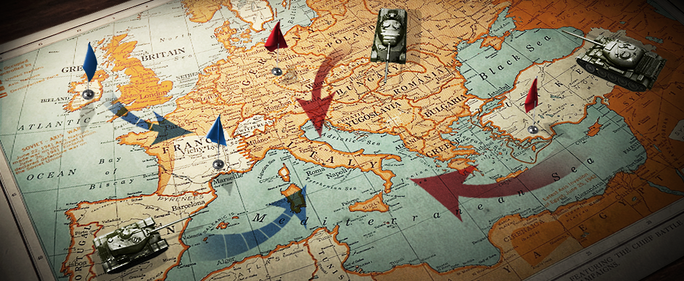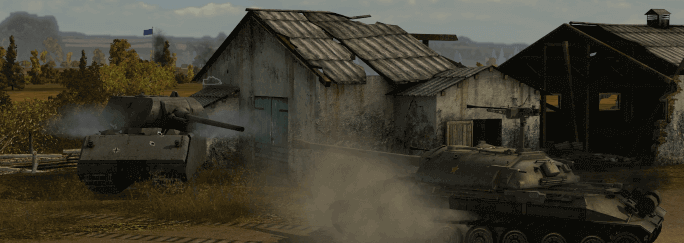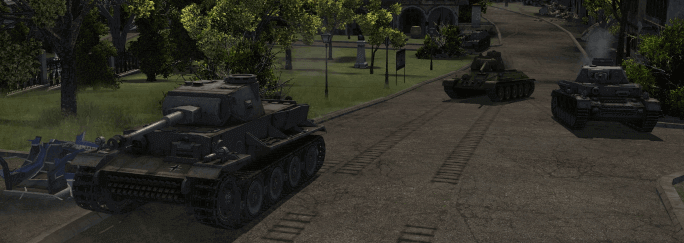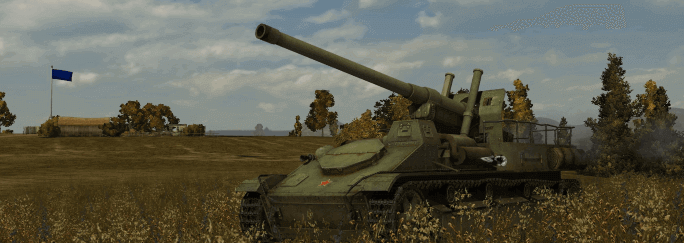The Game Plan: TCSG's Guide to Map and Tank Meta in Tournaments (Part 2)

Welcome to The Game Plan! Now you’ve decided which maps to wage war upon, and (hopefully) have some tactics in mind, it’s time to select the tanks that will carry you to victory. Every tank class clearly has a specific role to play in the match, but with such a vast array of choices for each, picking the right vehicles can be difficult –follow along as Haku from The Coalition – Singapore introduces some of the best in show!
Once tournament teams have picked the map configuration, they move on to the tank selection. As most players will know, the available tanks in the game are split into 5 classes: light tanks, medium tanks, heavy tanks, tank destroyers and artillery. This article will focus on Tier 8 tanks.

The primary roles of light tanks, according to convention, are to gather intelligence for the team so they can decide what to do next and exploit the opponent through movements (be it grabbing tactically important positions or flanking). In the tournament format, the most popular light tank right now is the T-54 Lightweight. It has decent (read, bounceable) armour if you are not careful, cat-like agility, great speed and acceleration, and a very fast-firing gun that deals good alpha damage. This allows the tank to excel not only in its primary roles, but also in brawling with other tanks and dealing damage. The T49 is a popular choice as well, simply because of its massive (but inaccurate) cannon, allowing it to deal massive amounts of damage to quickly destroy enemy tanks. Other light tanks suffer the indignity of being too lightly armoured even for their class (Ru 251), having terrible gun handling and long clip reload times despite carrying an autoloader (AMX 13 90), or just being too exposed to power creep (WZ-132) to simply be practical in a competitive set-up.

On the other end of the scale are the quintessential heavy tanks. This tank class favours more hit points, armour and alpha damage at the cost of mobility and rate of fire. Their main role is to lead the line against the enemy, taking hits and dishing back massive amounts of damage. Traditional heavy tanks include the IS-3 and 110. The T32 has its niche with its impenetrable turret armour in hull-down positions. The AMX 50 100 enjoys the status of being a fast autoloading tank that has enough burst damage to destroy any tank she faces in tournaments, and yet is quick enough to keep up with light tanks. Other heavy tanks that see some usage from time to time include the KV-5, KV-4 and Caernarvon.

In between both ends, medium tanks are generally rare in tournaments. Far from the infamous destruction-dealing monsters at Tier 10, they suffer from being a jack-of-all-trades, master-of-none. They have neither the speed to keep up with light tanks nor the alpha and armour to stand up to heavy tanks. As a result, medium tanks are often left out of the current meta, especially with the inclusion of the T-54 Lightweight, which does everything that medium tanks do, but with more speed, and with the logic that armour matters little anyway. Some teams may choose the Pershing as a lighter version of the T32 to get to engagements just a little quicker, but that’s about it.

When the tournament format was 7/42 – 7 tanks with a cumulative tier point total of 42 – artillery was often left out, due to the debilitating sacrifice made by not having one tank in the fight in favour of something that gave indirect support every 20-30 seconds and was a defensive liability. This changed when Wargaming modified the format to 7 tanks with a tier combination of 54 points. Suddenly, the cost of bringing artillery to the tournament arena did not hurt as badly as the sacrifice you made not bringing the one extra Tier 8 tank into engagements. Artillery could now occupy a tier 6 slot, allowing teams to bring 6 tier 8 tanks and thus not lose out as much as they used to when they had to fill 42 tier points. This meant that the FV 304, with its very high rate of fire and firing arc, was suddenly a very viable candidate to provide support for the team. For players that wanted more alpha and greater predictability when playing artillery, the M44 was their tank.

Lastly, tank destroyers are almost never used in tournaments. They were (and in some cases still are) meta kings in random battles – at Tier 10, they can deal massive amounts of alpha damage while remaining unspotted, have enough armour to contend with threats, and have the capability to spot enemies before the latter can even guess where they are. However, at Tier 8, they are very much a work-in-progress, and it shows in tournaments: they are almost never used in tournaments due to their overall fragility and lack of mobility. Casemate TDs are never used for the latter reason. The only tank destroyer that has a smidgeon of popularity is the Rheinmetall Borsig, and even then it is primarily used only for defensive purposes.



